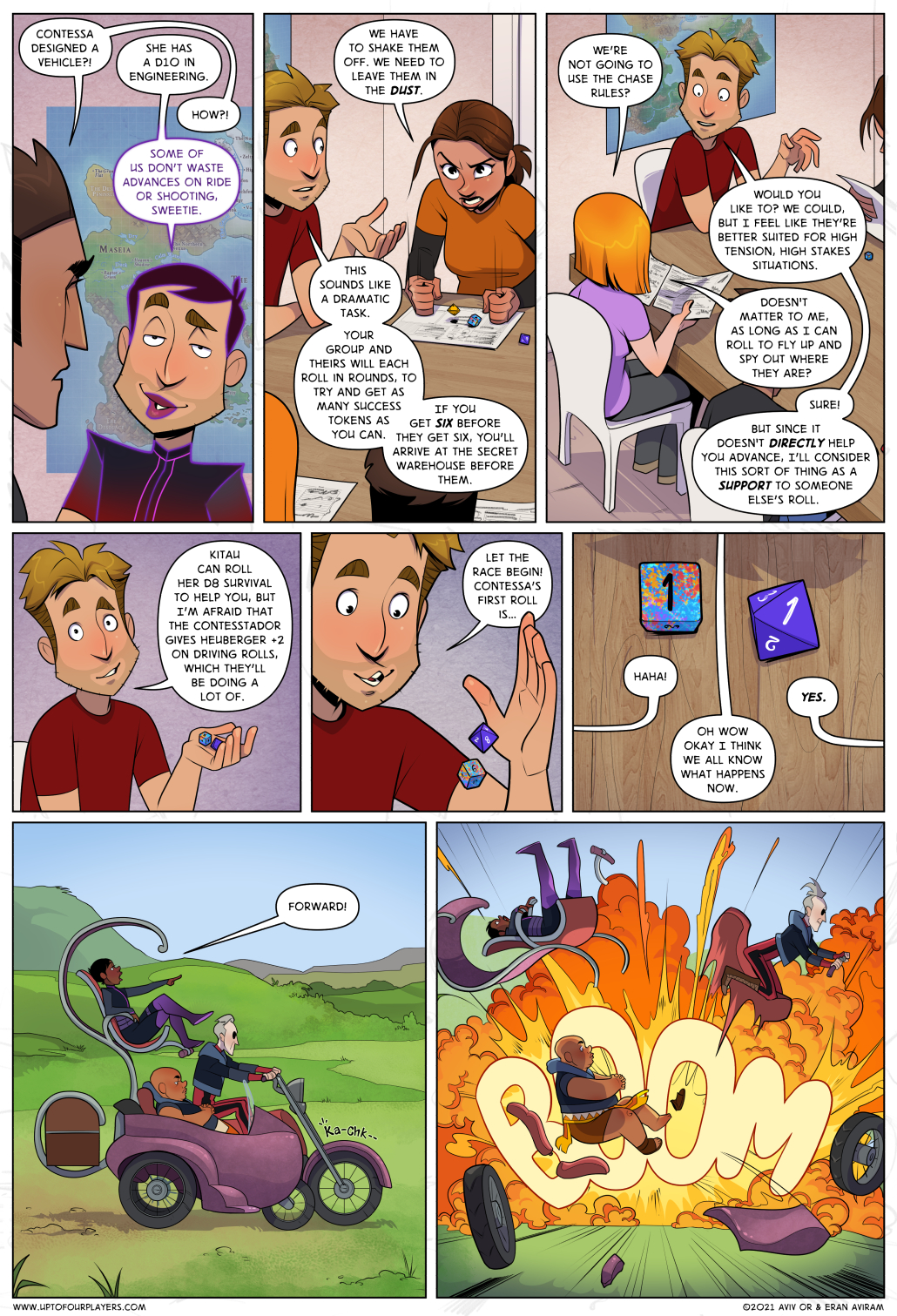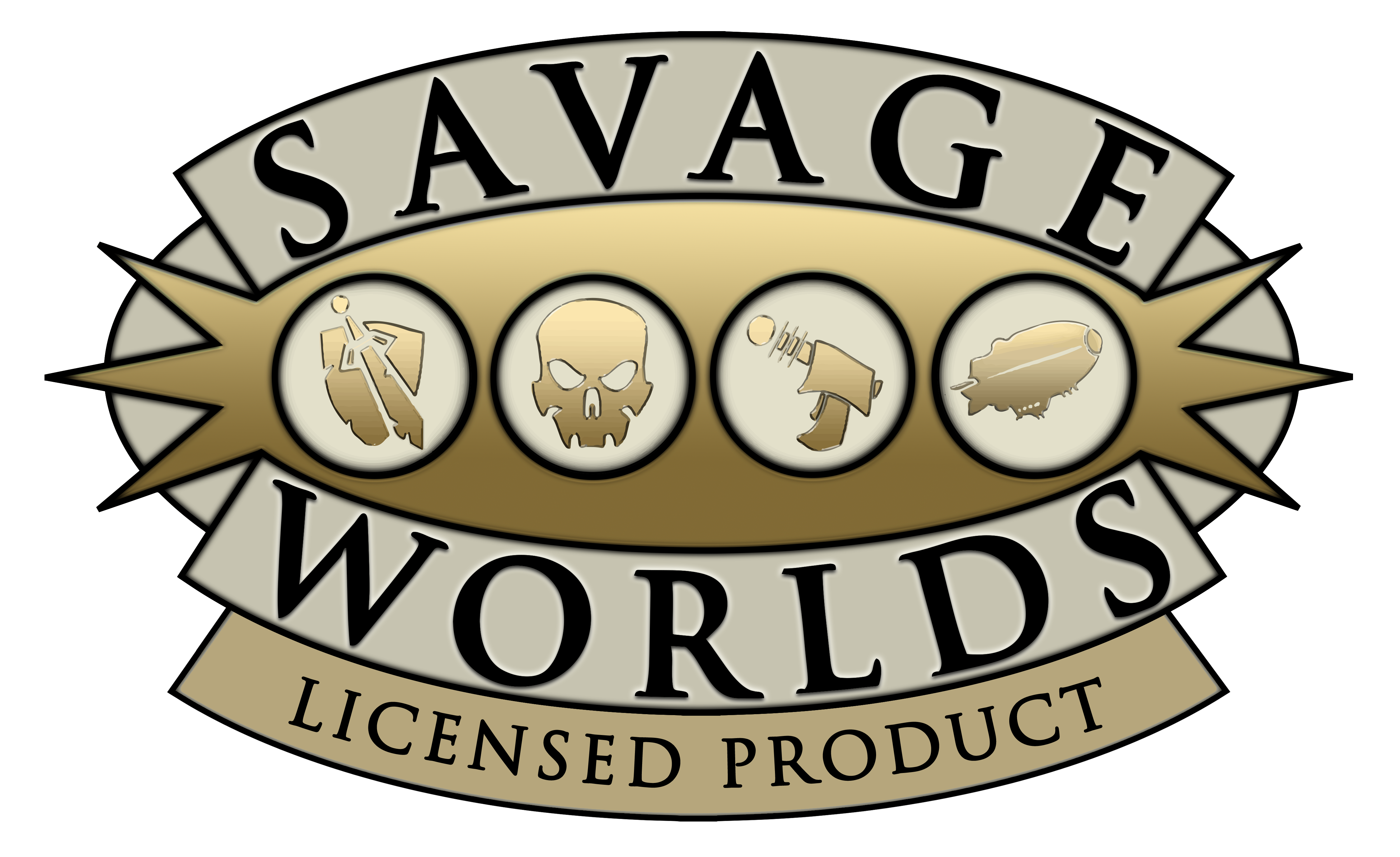Kill your darlings, destroy your loved ones, think dangerous. The following is one of the GM principles form Dungeon World, it changed my gaming worldview after I read it and brought it into play:
Think dangerous
Everything in the world is a target. You’re thinking like an evil overlord: no single life is worth anything and there is nothing sacrosanct. Everything can be put in danger, everything can be destroyed. Nothing you create is ever protected. Whenever your eye falls on something you’ve created, think how it can be put in danger, fall apart or crumble. The world changes. Without the characters’ intervention, it changes for the worse.
As phrased, it’s a great principle for Dungeon World’s style of play, but it should be tweaked a bit for other games. The core of it, in my mind, is the interaction between meaning and realness.
Everything in the game is fictional, so nothing is real, but some things feel more real than others. For example, a PC is very real, we think, compared to a random moochick’s dropping which might not even be mentioned in the game. However, none of it is actually real – both PC and dropping can, with a single uttering, become something else or disappear altogether. So what makes one feel realer? The meaning we imbue it with.
We care about the PCs, because they mean something to us. We don’t care about the dropping at all; we didn’t even mention it (Mentioning things is a powerful way to imbue meaning; but that’s for another time. Just think about “you see three doors” and “you see three doors, one of them is red”. Yes, attention and meaning are very close to each other).
So here’s my claim: Everything ingame can be changed (because none of it is real), but some of the things feel important (because we gave them meaning), and therefore changing them feels important; a GM (and players, actually) should have their “meaning-sense” turned on, so they could recognise and create dramatic moments by using their power over canon to deliberately change (read – harm) a meaningful thing.
The bike was meant to be a big challenge to show the players how powerful and dangerous Contessa is. It got exploded because, after its introduction did, indeed, instill these expectations in the players’ minds (just see how riled up they are!), it was then very satisfying to see it go boom. Everything in-game exists only to allow for the creation of moments of dramatic satisfaction (and its subtypes, like humor, etc.). The double ones on the dice gave an excellent reason to make the utter destruction of the Contestador the most satisfying event in this moment.
But what about
WAIT you ask, what about the big challenge Contessa was supposed to present? Why do you only care about this moment, and not future moments? But I do, I do! Nadav is faced with two options: Either he can invent some new reason for Contessa to be dangerous, or he can let it ride (har har) and keep her a step behind the PCs, because she now lacks her all important super-weapon.
The first option is tricky, it requires coming up with a good, convincing reason for Contessa to still be a threat, otherwise the players will feel like they’ve been robbed of a win, and that the explosion didn’t mean anything.
The second is easier, and more importantly, explains why Nadav was cool with exploding the vehicle. He doesn’t need Contessa to actually present a threat. She was presented as such only for the greater dramatic satisfaction of the greater “rival team” arc (which generally says “during the campaign, Contessa should show up and look more awesome than the PCs, to their chagrin”), and not for any specific reason in the current storyline. The dice have spoken; if he didn’t want to have a random element in the storytelling, he wouldn’t have brought the dice into this situation. So he’s cool with just letting the heroes totally vanquish Contessa in the upcoming race to the warehouse. (Or maybe not – they’re going to roll dice for it, after all!)




